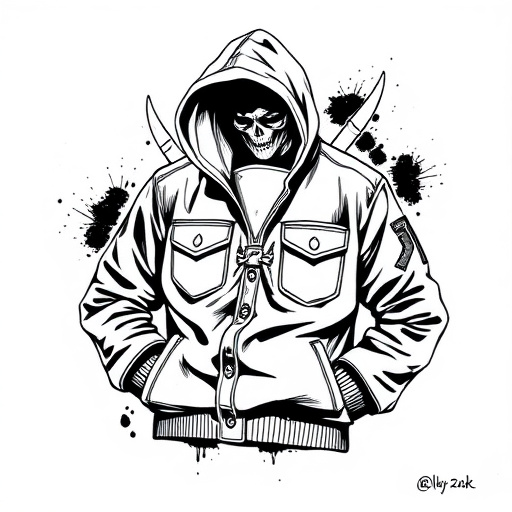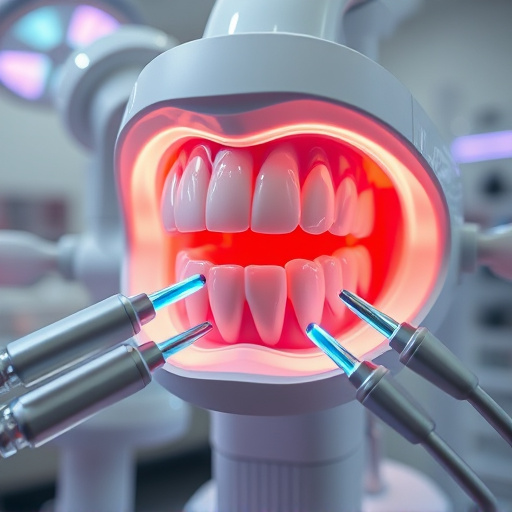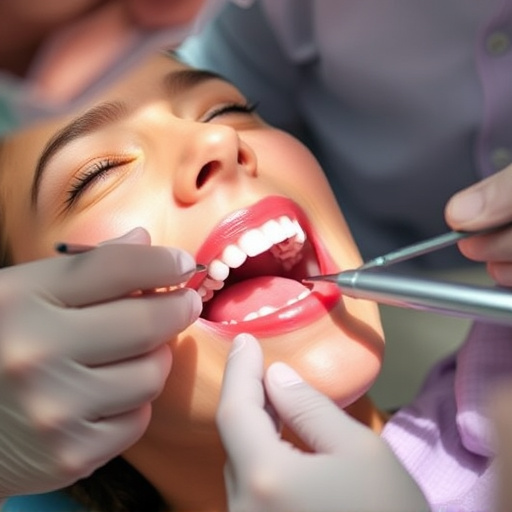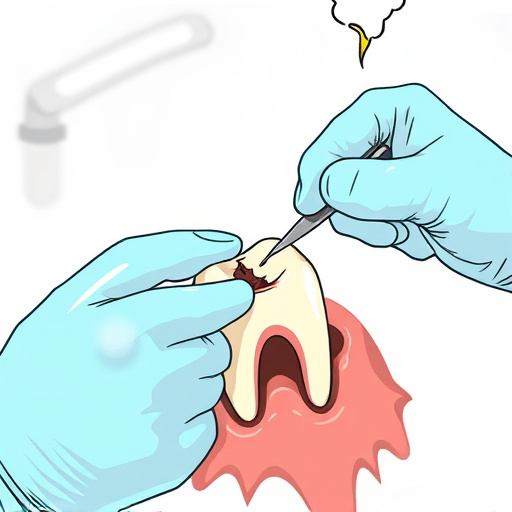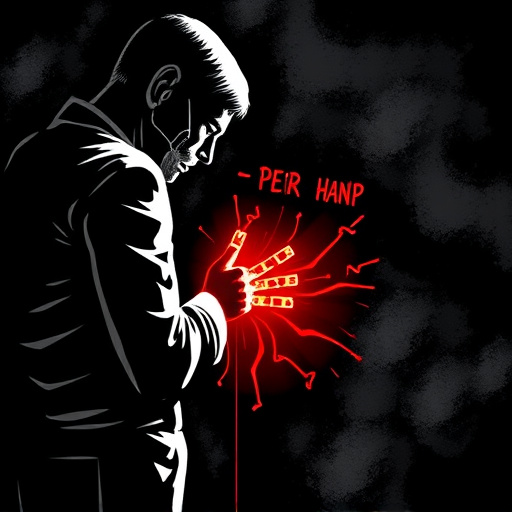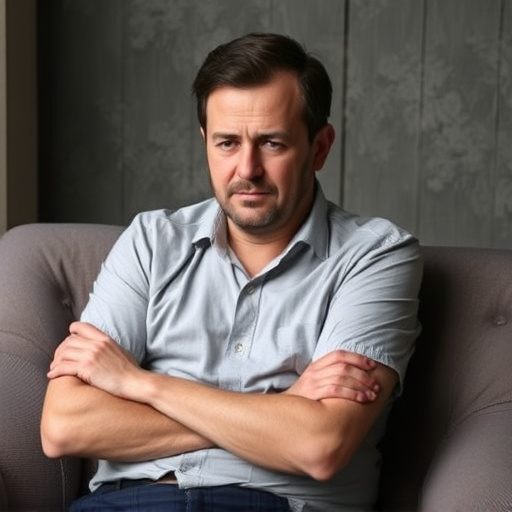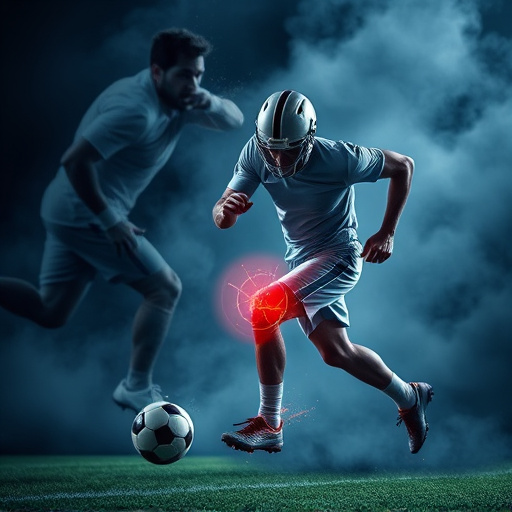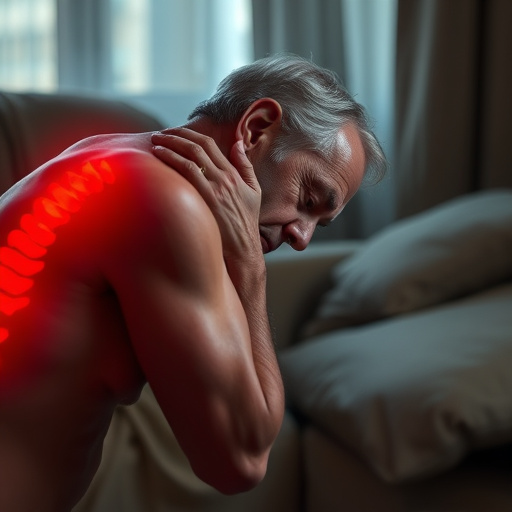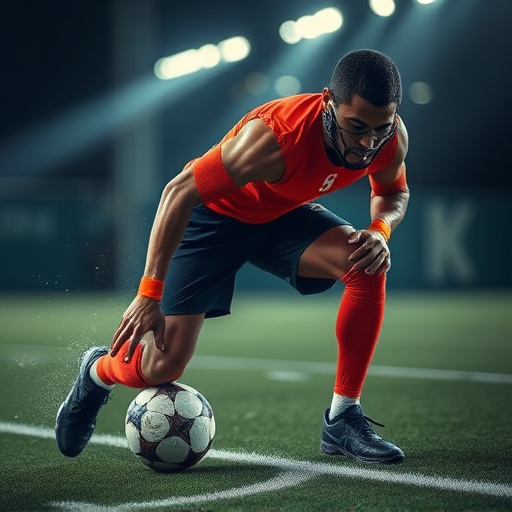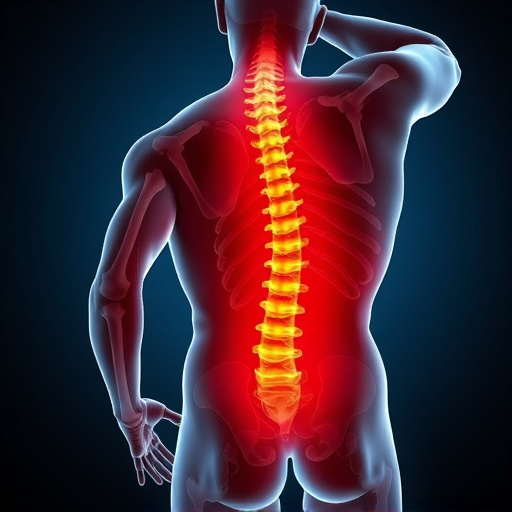A gradual and cautious return to physical activity after shockwave sports injuries treatment is crucial for successful recovery. Avoid high-impact exercises and rush back into activities; professional guidance ensures safe therapeutic exercise routines. Monitor recovery actively, listen to your body, follow guidelines, and consult healthcare professionals post-treatment to prevent setbacks and future injuries.
Post-shockwave sports injury recovery requires careful attention to avoid complications. Once active treatment ends, several pitfalls can jeopardize your healing process. Avoid pushing yourself too hard with physical activity too soon, as this can lead to re-injury. Steer clear of inadequate recovery and rest, which hinder tissue repair. Refrain from ignoring pain or inflammation, as these are signals that your body needs time to heal. Following these guidelines ensures a successful recovery from shockwave sports injuries.
- Avoid Overdoing Physical Activity Too Soon
- Steer Clear of Inadequate Recovery and Rest
- Refrain from Ignoring Pain or Inflammation
Avoid Overdoing Physical Activity Too Soon
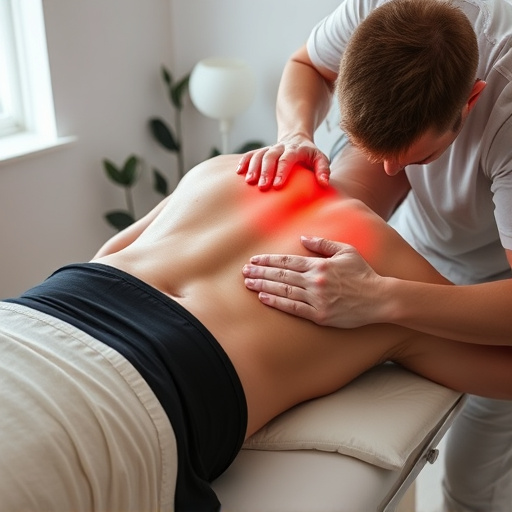
After the intense phase of shockwave sports injuries treatment ends, it’s crucial to avoid overdoing physical activity too soon. Rushing into high-impact or strenuous exercises can lead to re-injury and set your recovery back significantly. Your body needs time to heal and rebuild strength, especially if you’ve experienced chronic pain management issues.
Remember that a gradual return to normal activities is key. Incorporate therapeutic exercises tailored for your specific injury under professional guidance. This approach ensures your body can adapt safely, minimizing the risk of exacerbating neck pain treatment or hindering the overall recovery process.
Steer Clear of Inadequate Recovery and Rest
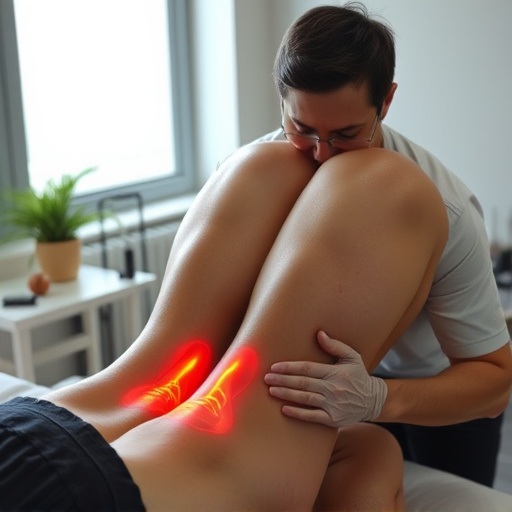
After shockwave sports injuries treatment, it’s crucial to avoid inadequate recovery and rest. While the initial phase of intense rehabilitation might be behind you, your body still needs time to heal completely. Jumping back into strenuous activities or ignoring recommended rest periods can set your recovery back significantly. Shockwave sports injuries often involve underlying tissue damage that requires patient care and attention.
Many individuals mistakenly believe that once the treatment is over, they’re clear to resume their regular routines. However, this approach can lead to relapses and even exacerbate existing conditions. It’s important to listen to your body and follow post-treatment guidelines diligently. This includes adhering to recommended rest days, gradually increasing physical activity, and seeking appropriate chiropractic care or whiplash treatment if needed. Remember that proper recovery involves both active and passive strategies to ensure the best possible outcome.
Refrain from Ignoring Pain or Inflammation
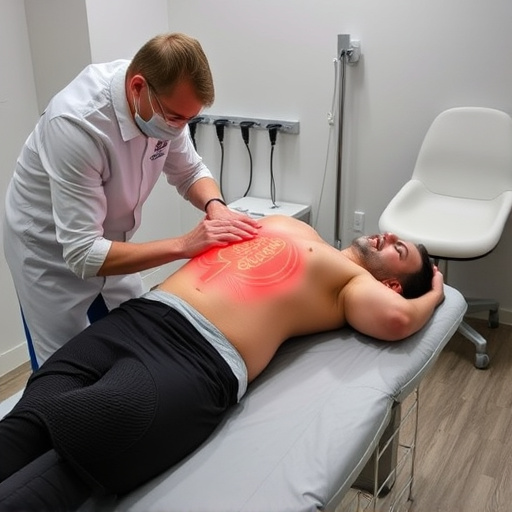
After shockwave sports injuries treatment ends, it’s crucial to avoid ignoring persistent pain or inflammation. While your body may be healing, ongoing discomfort could be a sign of an undiagnosed issue. Shockwave therapy is known for its non-invasive nature, making it a popular choice for auto accident recovery and neck pain treatment. However, proper post-treatment care is essential to ensure complete recovery.
Ignoring pain or inflammation can lead to further complications, delaying your return to normal activities. It’s important to listen to your body and consult with healthcare professionals if symptoms persist beyond the expected recovery period. They can provide guidance on managing pain, suggest additional non-invasive treatments if necessary, and help prevent future injuries.
When treating shockwave sports injuries, it’s crucial to avoid common pitfalls post-treatment. Overdoing physical activity too soon can hinder healing, as can inadequate rest and recovery. Ignoring persistent pain or inflammation may lead to further complications. Remember, a balanced approach that incorporates proper rest, gradual return to activity, and monitoring of symptoms is essential for optimal recovery from shockwave sports injuries.

